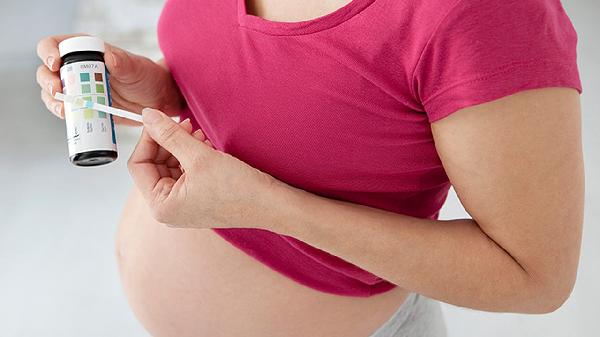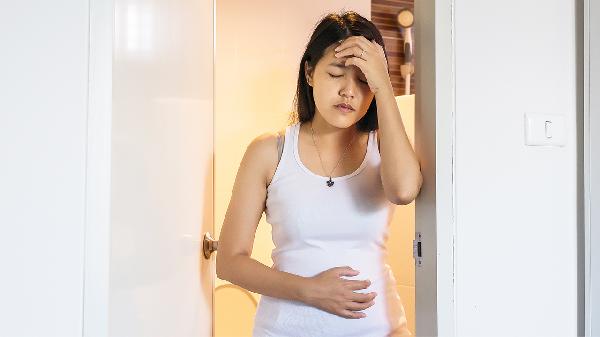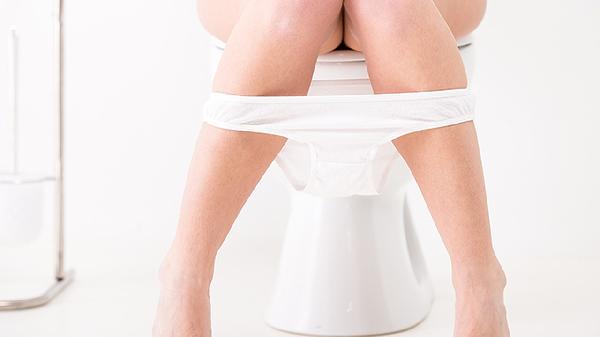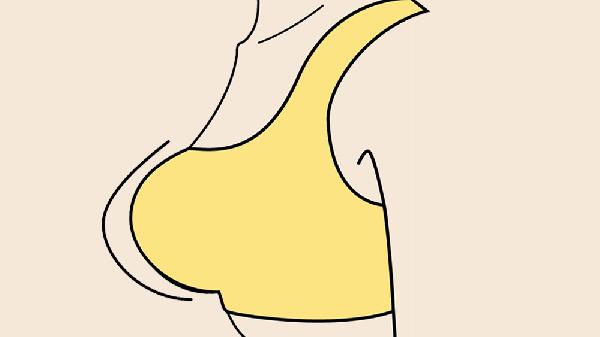A pelvic examination is one of the most fundamental specialized physical exams in obstetrics and gynecology, and it can be divided into external and internal examinations. The internal examination includes both visual inspection and palpation, with palpation primarily involving "bimanual palpation" or "uterine palpation." It is not advisable to perform a pelvic examination during menstruation, as it increases the risk of infection. First, let's understand the general procedure of a pelvic examination. The examinee will assume the typical position: lying in the lithotomy position on a gynecological examination table, with the hips positioned at the lower edge of the table and the vulva fully exposed. After disinfection, a vaginal speculum—a medical instrument shaped like a duck's beak—is used to dilate and stabilize the vagina for the examination. The doctor primarily conducts a visual inspection to check for abnormalities in the vagina and cervix, such as redness, swelling, pus, unusual discharge, or growths. If necessary, a cervical smear or TCT (ThinPrep Cytologic Test) sample may be taken.

Following the visual examination, a bimanual palpation is performed. The doctor inserts two fingers fully into the examinee's vagina until the cervix is reached, then gently presses downward at a 45-degree angle to check for nodules or tenderness. The cervix is then palpated manually. Cervical motion tenderness may indicate pelvic inflammatory disease. During the bimanual examination, the doctor will also press on the lower abdomen to check for structural abnormalities or ectopic conditions in the pelvic organs. From the above procedure, it is evident that both visual inspection and palpation involve the vaginal area, making it unsuitable for examination on the second day of menstruation when the flow is still heavy. Firstly, it hampers the doctor's ability to perform the examination; local bleeding makes it difficult to visually inspect the cervix and vaginal lining. Secondly, during menstruation, the self-defense capability of the vaginal mucosa decreases, increasing the risk of local infections such as bacterial vaginosis or yeast infections. Additionally, the infection may ascend to the uterus or pelvic cavity, negatively impacting reproductive health.
























